Vetericyn Plus Pet Antimicrobial Eye Gel, 3-ounce
The Vetericyn Plus Pet Antimicrobial Eye Gel is formulated to safely alleviate itching and irritation in and around your pet’s eyes. This easy-to-use eye gel is safe for daily use to clean and care for common eye problems without causing discomfort to your pet. All Vetericyn Plus products are made with hypochlorous technology, a non-toxic alternative to antibiotics and steroids for a safer way to relieve eye ailments and jumpstart the healing process.
The Vetericyn Plus Pet Antimicrobial Eye Gel is formulated to safely alleviate itching and irritation in and around your pet’s eyes. This easy-to-use eye gel is safe for daily use to clean and care for common eye problems without causing discomfort to your pet. All Vetericyn Plus products are made with hypochlorous technology, a non-toxic alternative to antibiotics and steroids for a safer way to relieve eye ailments and jumpstart the healing process.
- Safe and effective solution to provide relief for your pet’s eye irritation
- Highly-effective eye gel provides lubrication for dry eyes
- Cost-effective, pain-free alternative to medicated eye drops or ointments
- Safe for all animals at all life stages
- Veterinarian-recommended maintenance solution to keep your pet’s eyes clean and prevent eye issues
Additional information
| Active Ingredients | Hypochlorous Acid |
|---|---|
| Health Features | Vision Health |
| Packaged Height | 5.75 in. |
| Packaged Length | 1.75 in. |
| Packaged Weight | 0.25 lb. |
| Packaged Width | 1.75 in. |
| Product Form | Gel |
| Warranty | Satisfaction guaranteed |
| Manufacturer Part Number | 1069 |

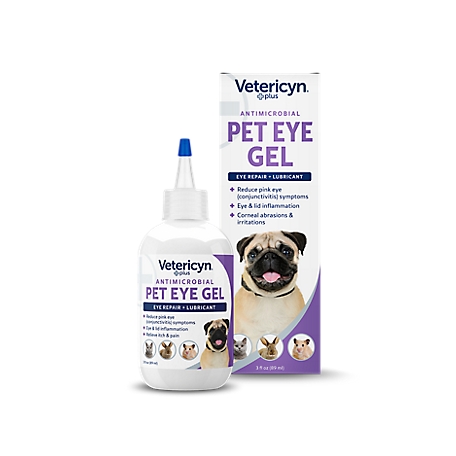
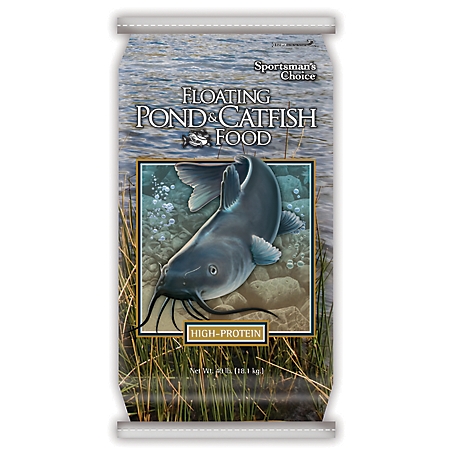
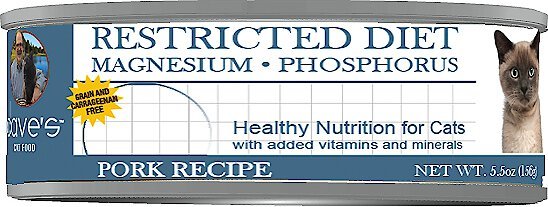
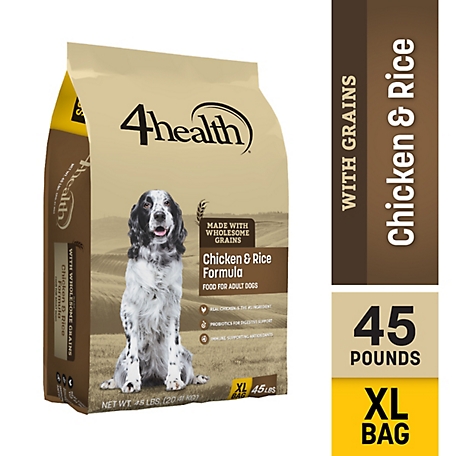

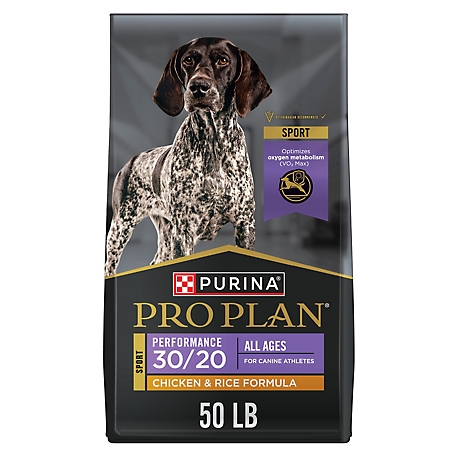
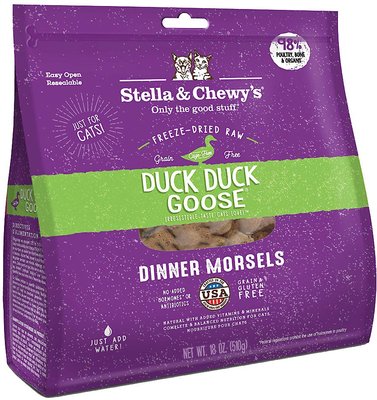
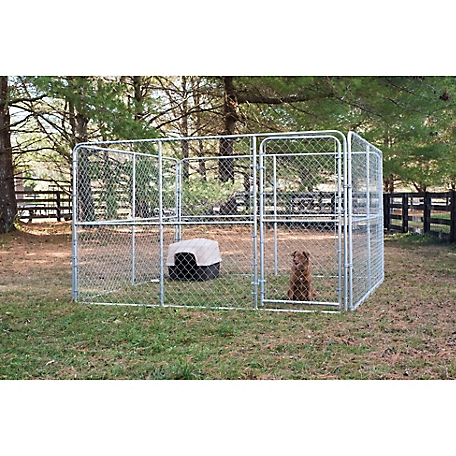

by Lynnie
Excellent products. I have used this eye gel for years for my two kitties. Now 18 years old they produce eye secretions and this soothes after cleaning with the eye wash. Effective and I recommend. I do not like the lure to save with supplying your email. As with most sites it gets “lost” when jumping through the hoops to redeem.
by John
After treating my rough collie with veterinary products costing £00’s of pounds ( which I am happy to do if it works), Beth my collie, eyes were both becoming badly either infected or as the vet suggested possibly some kind of eye carcinoma. I came across the advert online and read the reviews, then decided to purchase the eye gel online. I thought I would try it and if it hurt or reacted I would stop using it straight away. I can’t tell you how surprised I was 3 applications, and its 50% better and she sits happily for me to apply it… the veterinary products used to sting as she did not like me putting those treatments in… I agree with going to your vet first with animal problems.. However Vetericyns animal eye gel works and well. And I am relieved after over 4 months of my collie having eye problems, she is getting better and happy again. Thank you Vetericyn.